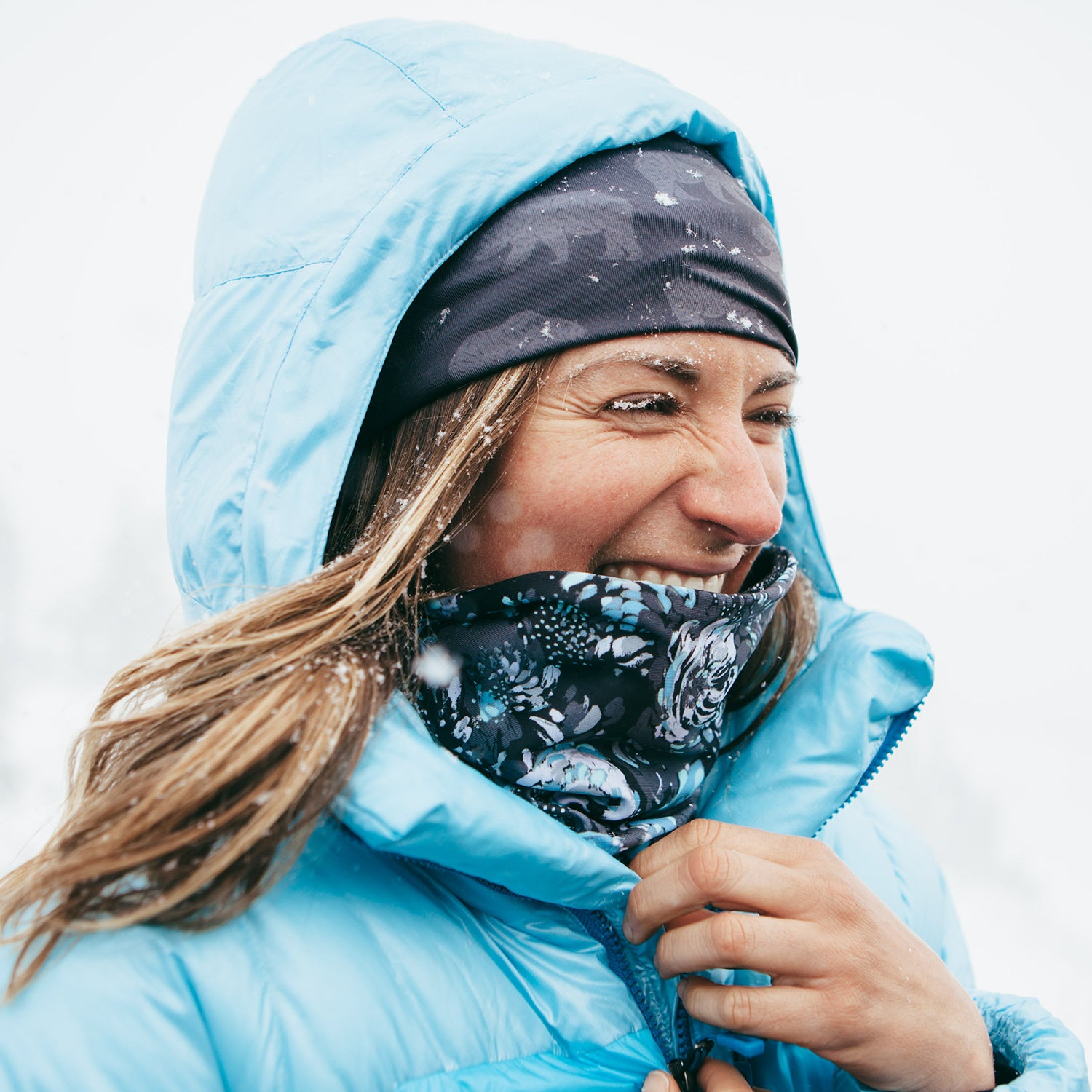Companies haven’t always put a lot of time and energy into courting female athletes. At least, that’s how it seemed to these four women. As competitive skiers and cyclists, they’d spent years wearing boring, ill-fitting gear, until they decided to take matters into their own hands. Each founded a company dedicated to making great sporting apparel for women. And as their gear proves, true passion makes perfect.
Kari Traa
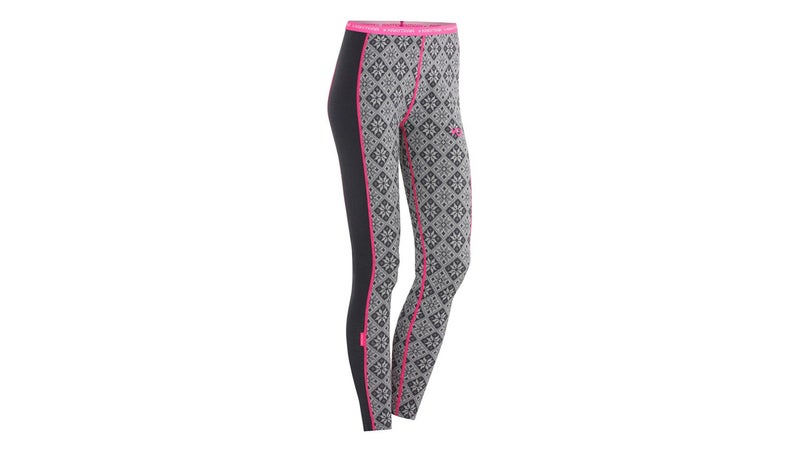
You can’t mistake ’s base layers for anyone else’s: her Nordic-inspired patterns are playful without falling into a��stereotypically girly trap. And her base layers are far more flattering��than most. Her 100-percent merino�� ($100)��places contrast panels of darker fabric along the outer leg that are also thinner and more breathable��for ventilation while skiing (they parallel the side zips on most shell pants). “We care about making girls feel and look their best in our gear,” says Traa.
A moguls skier and from Norway, Traa hated how her base layers fit. “It was apparent that they weren’t designed for a female body,” she recalls. And they looked so boring and aggro. “I was tired of everything being communicated so seriously, with a ‘tough sport’ message all the time, and I wanted to spread happiness and to show the fun part of it,” she��says. Part of her motivation was to entice more women into her male-dominated sport. “Adrenaline rush, and the experience of pushing your own limits, isn’t reserved for men. I wanted to create feminine designs that could inspire and motivate women to pursue adventures and be active while looking their best.”
She makes sure that her tops fit and flatter athletes with breasts. Traa is also working with breast movement specialist at Portsmouth University to develop her own line of sports bras, and her line of training apparel is growing, too. “We know what women prefer and need, which makes us think of details that a unisex company might overlook,” says Traa. “We are solely focused on women.”
Kristy Scrymgeour
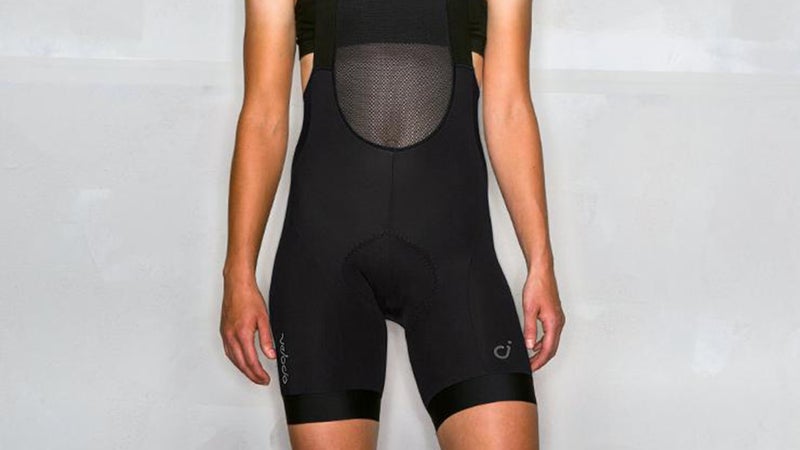
A former pro cyclist, Scrymgeour wore men’s kits with too-long jerseys��that bagged in all the wrong places. “Cycling is traditionally a men’s sport and it’s dominated by the men’s market, so companies were focused on making apparel for their biggest market,” she says. But it wasn’t until she —and had to outfit racers with apparel worthy of elite athletes—that��her frustration with the lack of great women’s options bubbled over.
So in 2013, she co-founded , a brand of men’s and women’s cycling apparel that gives both sexes equal attention, though the company launched with just women's kit.��“Fit was the most important factor,” she says. “We wanted the clothing to be made specifically for women’s bodies, rather than using a slightly edited men’s fit.” Scrymgeour and her designers also prioritized great-feeling fabric, and they tackled functional problems too: the ($229), which makes it easier for women to make a quick toilet stop, quickly became Velocio’s best-selling item.��
And yes, women’s gear can turn a profit. “The women’s market is��the biggest growth market, and brands are starting to react,” says Srymgeour, who is no longer alone in her quest to make great women’s cycling apparel. “Things have come a long way,” she says.��
Katy Hover-Smoot
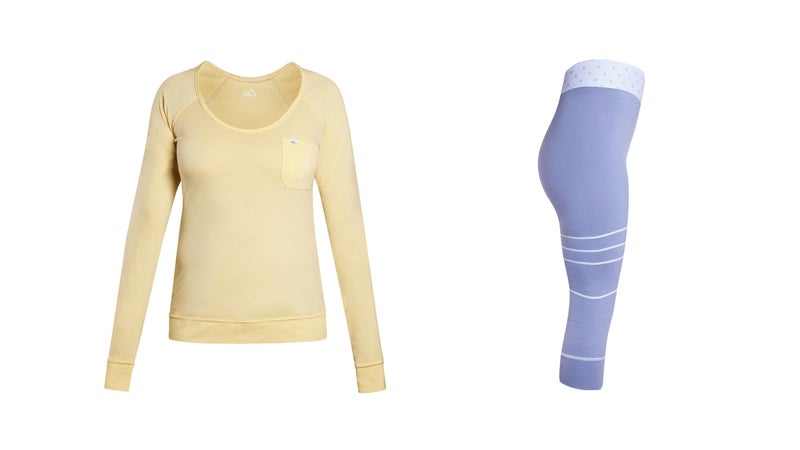
Growing up near��San Francisco, Katy Hover-Smoot spent most of her weekends at Lake Tahoe’s ski resorts, and eventually moved there in 2013 to spend all day��skiing the Sierra backcountry.
But mountain-town life emphasized how stale women’s technical apparel really was. The zip-T’s she wore for skinning up mountains weren’t what she’d prefer for��après. “Most large companies focus their R&D budgets on outerwear and hardgoods, but often overlook softgoods, especially on the women’s side,” says Hover-Smoot. “As a result, we haven’t seen significant design innovation in the softgoods categories over the last decade.”
So Hover-Smoot co-founded to offer cool-looking women’s technical apparel. She started in 2016 with bike shorts, and recently expanded to women’s base layers. The ($109) is a scoop-neck pocket tee that looks a lot like my favorite cotton shirts (it even feels like cotton jersey). But it’s made of a startlingly soft merino/nylon blend that wicks sweat and dries faster than any all-cotton fabric. It immediately became my wear-everywhere shirt. The ($99) is fun too, with a whimsical polka-dot waistband, contrast seams across the thighs, and a three-quarter��length that pairs perfectly with ski boots.
“We want to create design-forward softgoods for women that perform during our mountain pursuits��and��have character,” she says.��
��
Corinne Prevot
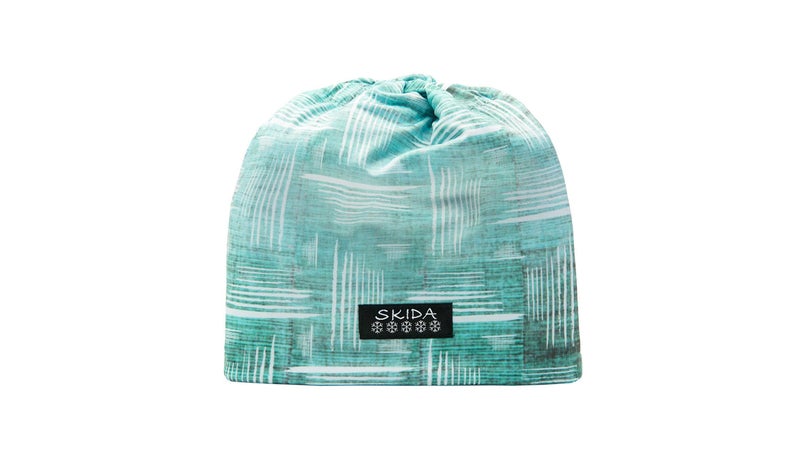
If you’re a Nordic skier, or have spent much time among “Nordorks,” you’ve noticed that the cross-country ski aesthetic is particularly dark and intense—dreary for a teenage girl.��
As a high-schooler and Nordic skier at Burke Mountain Academy, Corinne Prevot spent one of her Christmas breaks sewing the kind of accessory that no Nordic skier had ever been spotted in before: a colorful, flower-print Lycra hat. “I wore it to a race in Rumford, Maine, and all the girls from Stratton started flocking around, asking, ‘Can I buy one of those?’”
So Prevot and her mom stitched up a bunch more, and started selling them at that season’s comps and at Burke, where she also offered neck gaiters for the Alpine racers.
A decade later, —the hat company she eventually founded—is still known for its , says Prevot, who now produces her distinctive toppers in a Vermont factory. Skida hats continue to enjoy a cult following, just as they did among the teens on New England’s competitive ski circuit, only the line has grown to include hats for men, kids, and��babies. Last January’s �´dz����’s March in Montpelier “was a sea of Skida hats,” says Prevot. “It was like the uniform for the day, the style piece.”


